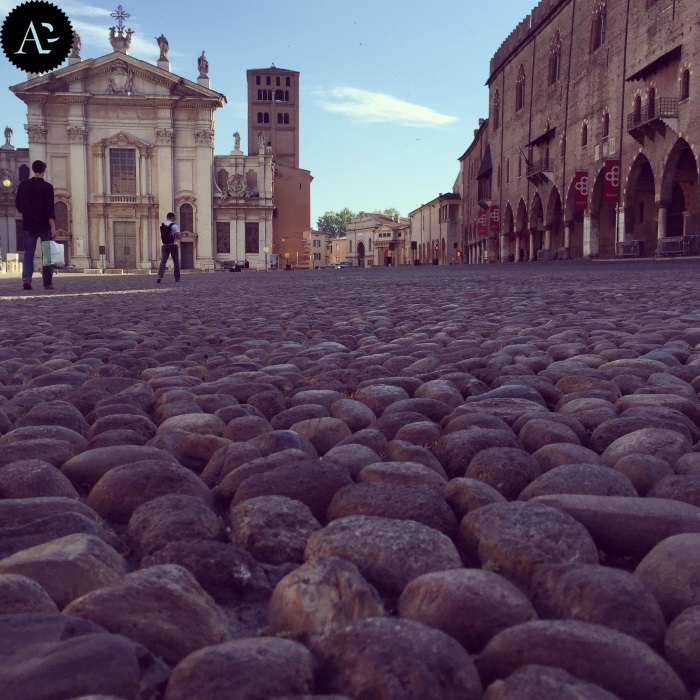
THINGS TO SEE IN MANTUA: MY JOURNEY TO 2016 ITALIAN CAPITAL OF CULTURE
Things to see in Mantua. Who follows me on social networks and especially on Instagram has already seen the photos I took during my journey to discover Mantua.
Now it’s time for me to tell you everything about the landmarks of this city I had the chance to visit thanks to In-Lombardia for the project called #inLombardia365.
Mantua was one of the destinations I wanted to visit in 2016, and when the Explora team contacted me a few weeks ago and proposed spending a long week-end discovering the city and its surroundings, I accepted without a doubt.
It was the good chance for me to lose myself in 2016 Italian Capital of Culture, and I wasn’t disappointed with it!
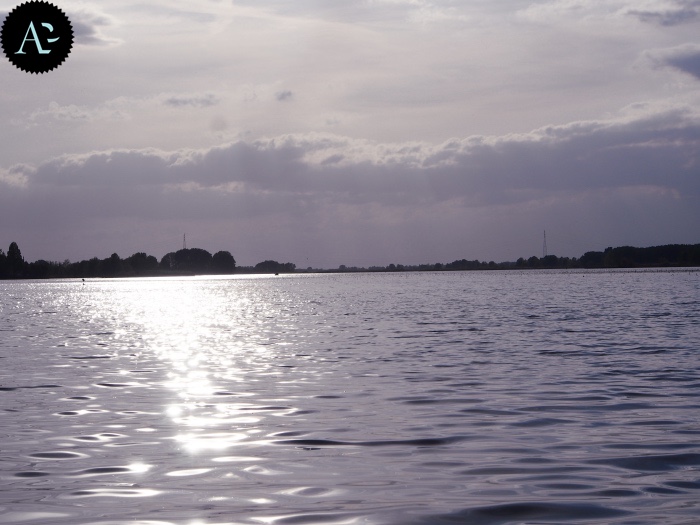
Mantua: World Heritage Site
Mantua lies on the right bank of the Mincio River, and is surrounded by three small lakes. It seems to float on the water and lie in an almost unreal and timeless landscape.
Since July 2008 Mantua, together with the near town of Sabbioneta, was inscribed in the World Heritage List due to the presence of exceptional Renaissance artworks and remnants, and not just that.
Together with a group of bloggers and Instagramers from all around the world ( Lance Henderstein; carnetdescapades.com; Lola Akinmade Åkerström; @celicelo; styleandtrouble; @discret; dailybreakfast; Hal Ellis Davis; @agosaw ) I lost myself in a unique atmosphere you can find only here in Mantua, made up of history, art and nature.
THINGS TO SEE IN MANTUA
Mantua is a city you have to visit on foot or by bike using its several cycling lanes along the lower lakeside and from which you can imagine the beauty of this place, conquered in 1328 by the Gonzaga family, who transformed it into one of the most refined cities in the Renaissance.
You can find the traces of Mantua’s magnificent history in the buildings of its historic centre, which is a marvellous open-air museum. It’s not easy to select what to see in Mantua.
I will tell you what I saw.
The first place to see in Mantua is certainly Piazza Sordello (Sordello Square) which represents the heart of the Renaissance Mantua. The Palazzo Ducale (Ducal Palace), the 18th century Palazzo Bianchi (or Palazzo Vescovile- Bishop’s Palace), Palazzo Bonacolsi (also known as Palazzo Castiglioni) and the Duomo (the Cathedral) overlook the square.
The Duomo, that is the Cathedral of Saint Peter the Apostle, is the main church in Mantua.
It was built in the late 14th century and restored by Giulio Romano who left many of his masterpieces in the city and some of these are housed exactly in the most important palace overlooking Piazza Sordello, the Palazzo Ducale.
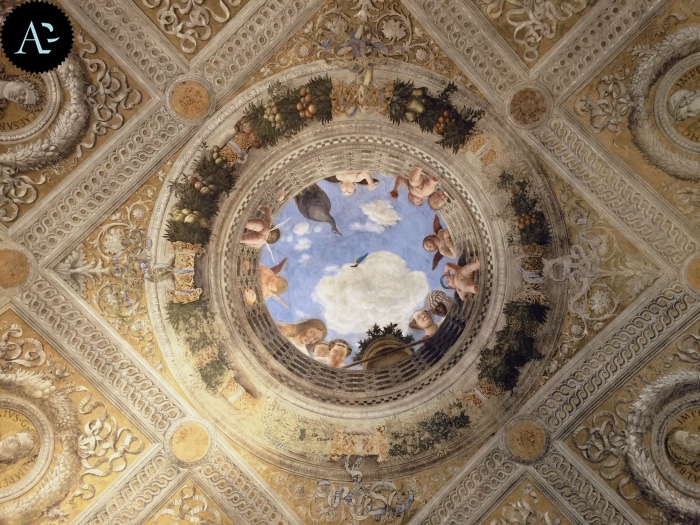
Camera Picta
The Palazzo Ducale (Ducal Palace) was the residence of the Gonzaga family until the 17th century, and is one of the largest palaces in Europe, made up of courtyards, magnificently decorated rooms, numerous buildings connected by corridors and galleries, and is enriched by gardens. The Palazzo Ducale is linked to the Castello di San Giorgio (Castle of Saint George), built in the late 14th century, which contains the Camera degli Sposi (Bridal Chambers), Andrea Mantegna’s masterpiece.
Not far away from Piazza Sordello, lies the Teatro del Bibiena (Bibiena Theatre), made by Antonio Bibiena on commission from Maria Theresa of Habsburg.
It’s a real Baroque masterwork inaugurated in 1769 with a concert played by 14-years-old Mozart, and it tells the story of Mantua after the fall of the Gonzaga family, when the city lost its power but not its splendour.
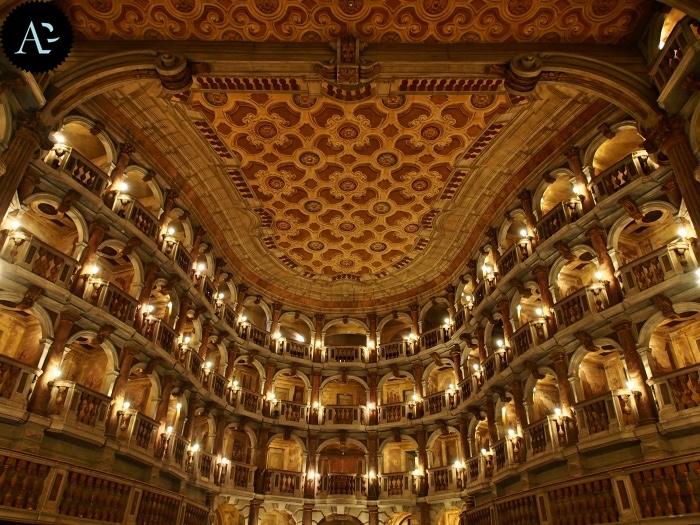
The Teatro Bibiena
There are several remnants of the Habsburg domination, and in addition to the Teatro Bibiena, you can admire Mantua’s public library, called also the Biblioteca Teresiana, because it was founded by Maria Theresa of Habsburg.
A few steps away from Piazza Sordello there’s Piazza Mantegna (Mantegna Square) where the majestic Basilica di Sant’Andrea (Basilica of Sant’Andrea) stands.
Planned by Leon Battista Alberti, was built starting from 1472, and contains the relic of “the Most Precious Blood of Christ” brought to Mantua by the Roman centurion Longinus, whose funerary monument is here and was created by Andrea Mantegna.

As soon as you exit the Basilica, you can admire and reach after a very short walk the Rotonda di San Lorenzo, the most ancient church in Mantua, which is next to the Palazzo della Ragione and the Palazzo del Podestà.
One of the most precious masterworks in Mantua is Palazzo Te (Te Palace). It was commissioned by Federico II and was built by Giulio Romano.
It lies on a site which was originally a marshy area, later reclaimed by the Gonzaga family. The palace was the summer residence of the Gonzaga family where the prince could have fun and enjoy parties.
The whole building and its decorations are an absolute masterpiece in the history of art, but the most fascinating room is the Sala dei Giganti (Giants’ Room), in which thanks to a perspective illusion it feels like you’re entering the painting.
Eventually, among the things to see in Mantua, there’s Sabbioneta.
You can’t leave the territory of Mantua without going to the near town of Sabbioneta.
The town was inscribed along with Mantua in the World Heritage List, and it is the ideal Renaissance city.
Created between 1556 and 1591 by Vespasiano Gonzaga Colonna, it was surrounded by high defensive walls. Sabbioneta was a small State between the Duchy of Mantua and the Duchy of Milan, and still preserves intact its original city planning.
Birthplace of Virgil, court of the Gonzaga family, place in which several artists, architects, writers and musicians could express their own talent, Mantua did enchant me.
Here are the photos of my journey.
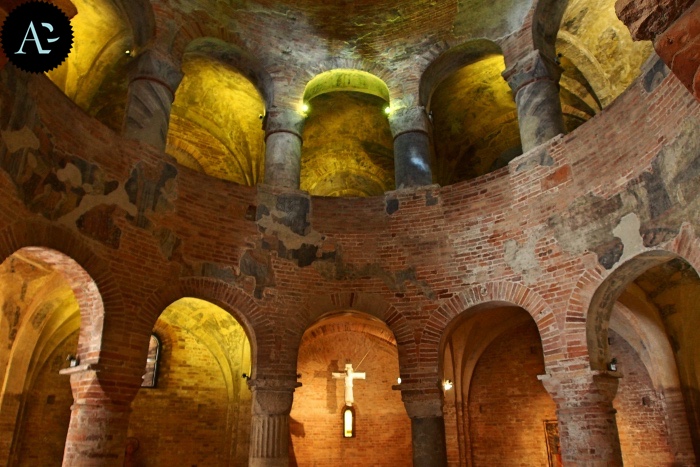
Rotonda di San Lorenzo
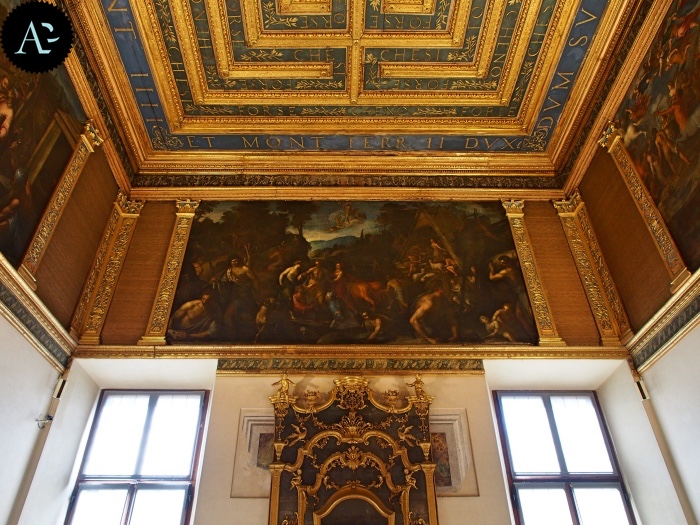
Wooden ceiling labyrinth of the Palazzo Ducale in Mantua.
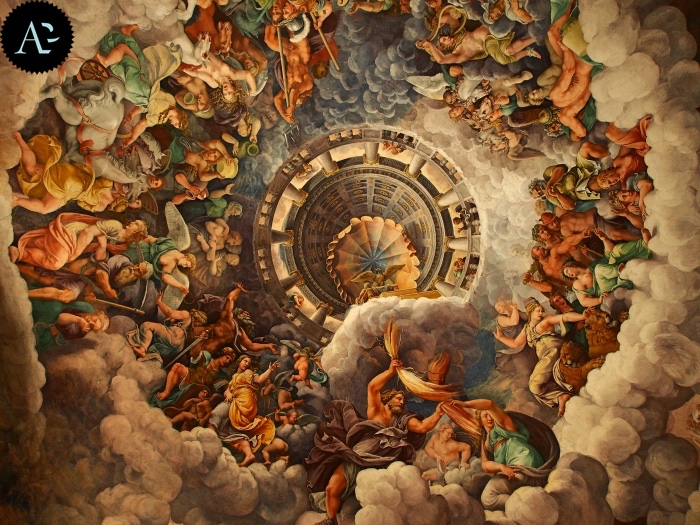
Palazzo Te, Sala dei Giganti
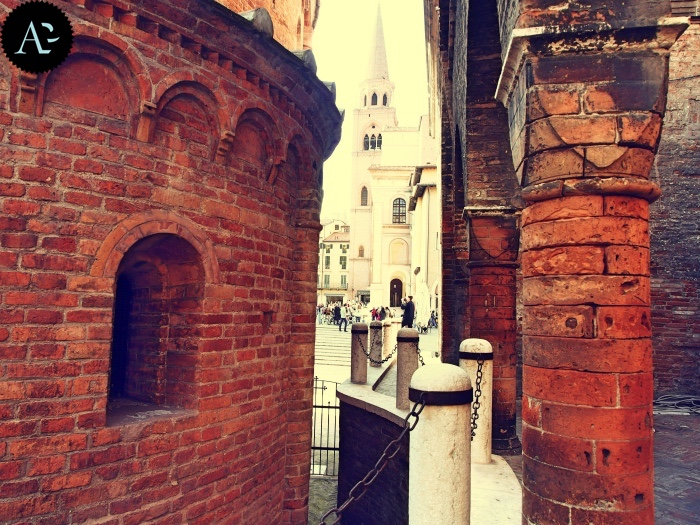


Palazzo Ducale di Mantua, interiors.
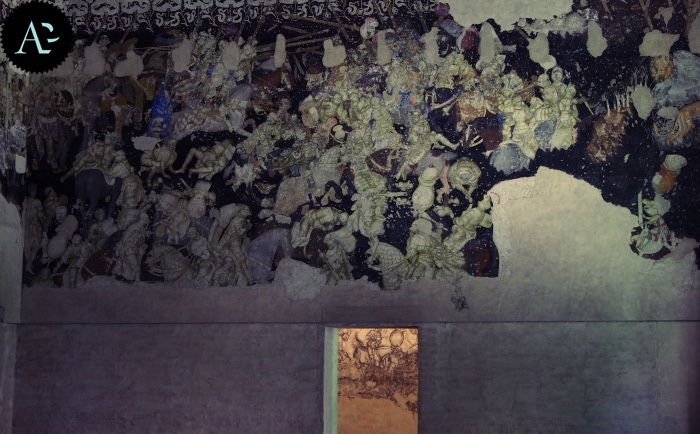
Pisanello’s frescoes in the Palazzo Ducale in Mantua.
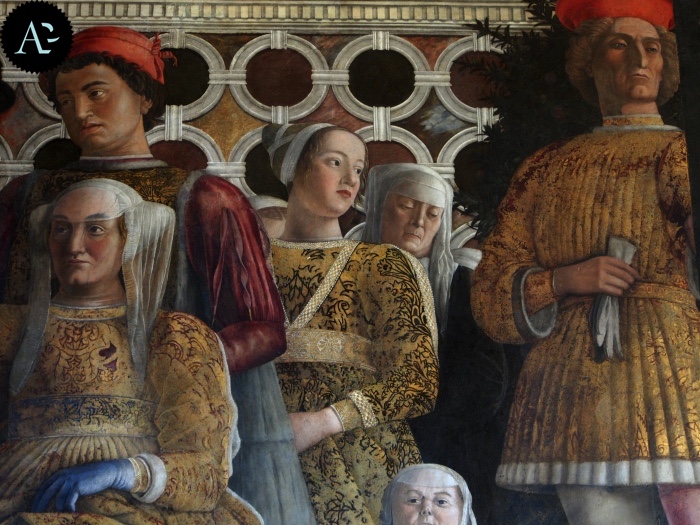
Andrea Mantegna, Camera Picta (detail)
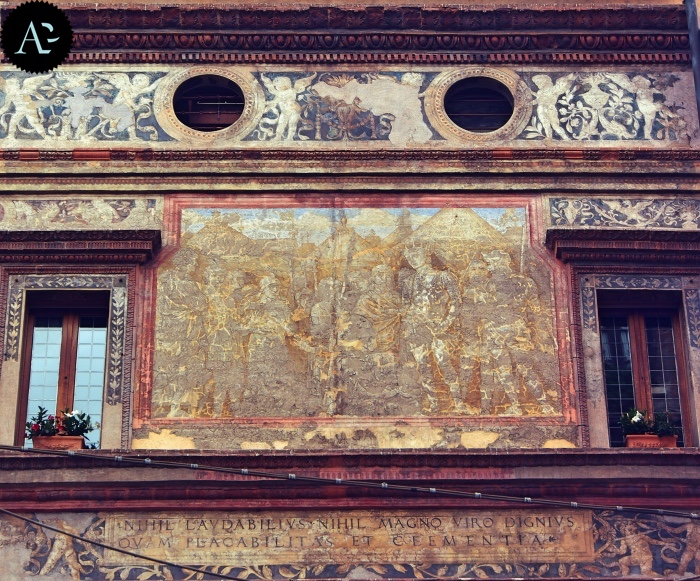
Facade of a palace of Mantua frescoed by Andrea Mantegna.
INFO
MANTOVACARD allows you to visit museums in Mantua with a unique combination ticket – www.mantovacard.it


bellissima Mantova.
Le foto sono dell’ufficio del turismo?
Le foto sono tutte mie. Le ho scattate durante il tour blog organizzato per promuovere la città di Mantova 😉
Immaginavo che alcune potessero essere tue, ma sono veramente bellissime, direi degne di un giornale! complimenti.
Quando hanno il “bollino” di Art post Blog sono tutte mie, quando non c’è mi sono state fornite dagli uffici stampa.
Chissà che un giorno le mie non finiscano proprio in qualche giornale.
Mi piacerebbe 😉
Mantua is one of my favorite cities. I was there two years ago and visited almost all the sites you mentioned. I was particularly moved by the Grotta and Studiolo of Isabella d’Este because they were her private rooms and once held all there treasures. I also loved Domenico Fetti’s Multiplication of the Loaves and Fishes in the Palazzo Ducale. Of course, Mantegna’s Camera degli Sposi was unforgettable as were Giulio Romano’s frescoes in the Palazzo del Te!
Mantua is rich in history and art, and is perhaps one of the few Italian cities that still preserves carefully this glorious past. Mantua has no regrets past times but appreciates what has survived.
Mantua tells the past and shows itself for what it is now.
I’m Italian and I live near Mantua was for many years that the mon saw again. It ‘s more beautiful than I remembered.